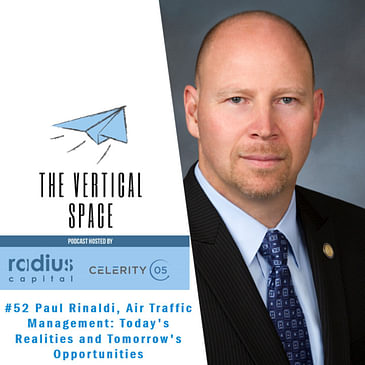Check out a terrific discussion with Paul Rinaldi, President of Rinaldi Consultants and served as President of the National Air Traffic Controllers Association (NATCA).
Paul is the voice of today’s reality and tomorrow’s opportunities. In his crystal-clear messaging, he speaks to “the way it is” in air traffic. And by fully understanding the current state of air traffic, he helps to pave a way for opportunities for modernization – from technology that was already approved and purchased many years ago that has yet to be fully implemented, to technology today that could improve our system, to opportunities for tomorrow as we integrate all things into the vertical space.
Thanks for joining us Paul!
9:02 Exploring the advantages of privatizing air traffic management
21:00 Current state of air traffic management in the U.S.
33:19 How technology can solve air traffic management pain points
45:13 Integrating new entrants (AAM) into the NAS. Should low-flying drones be segregated or integrated?
59:23 Is air traffic management an appealing opportunity for startups?
1:01:05 Common mistakes entrepreneurs make when selling into the ATM/ATC community
1:06:40 Air traffic controller shortage




